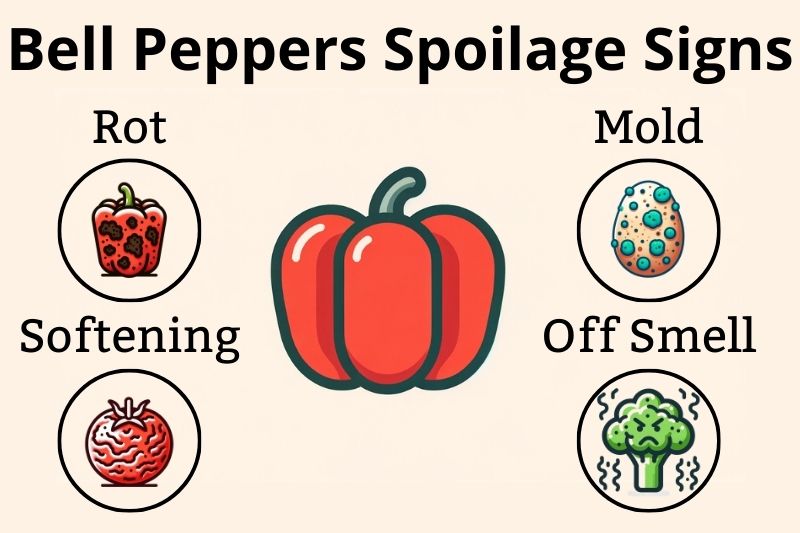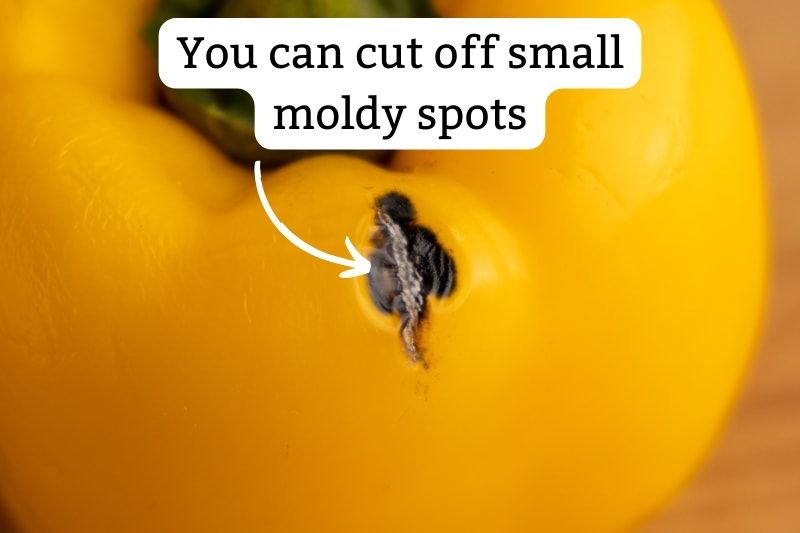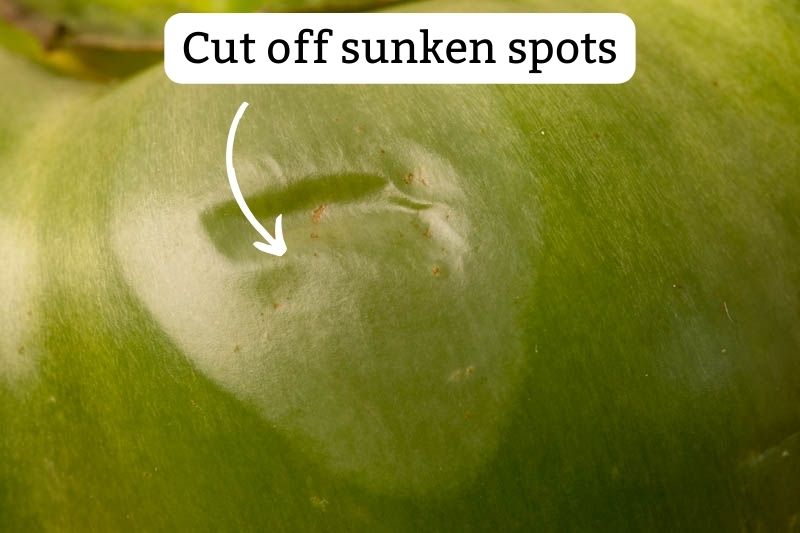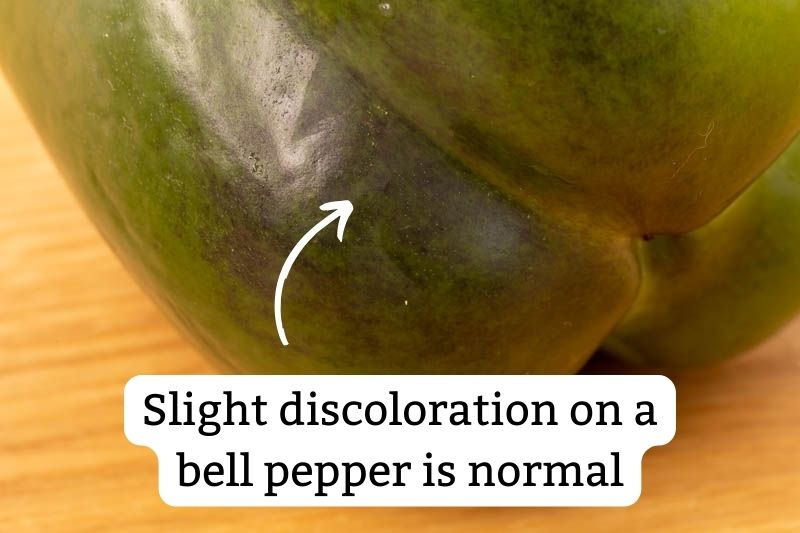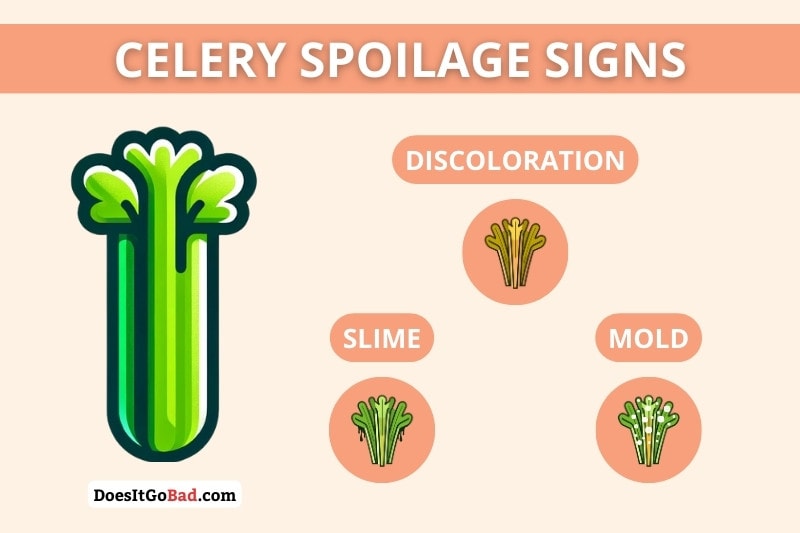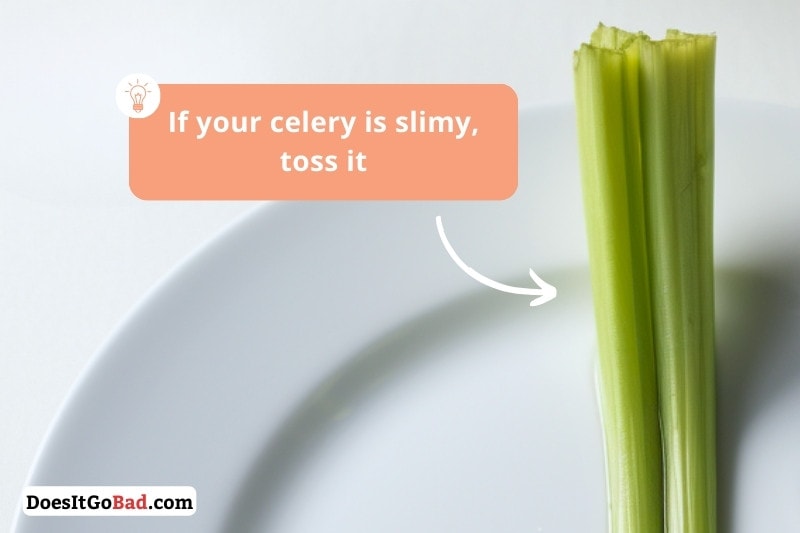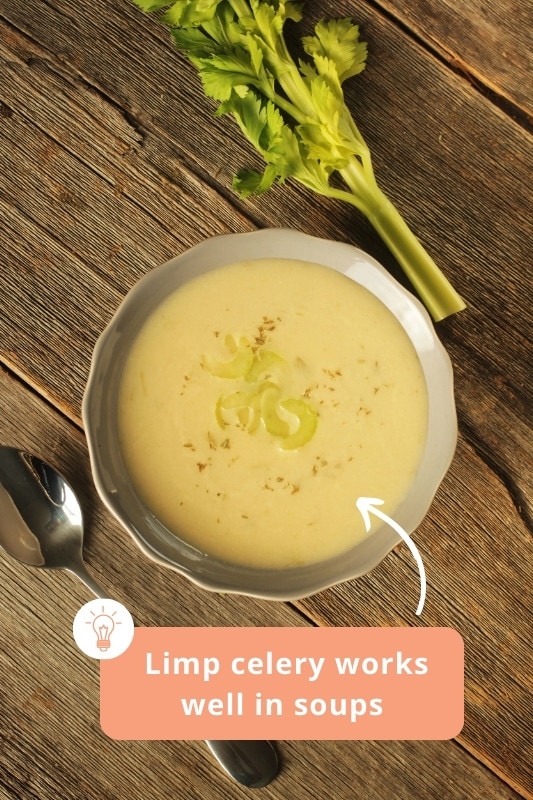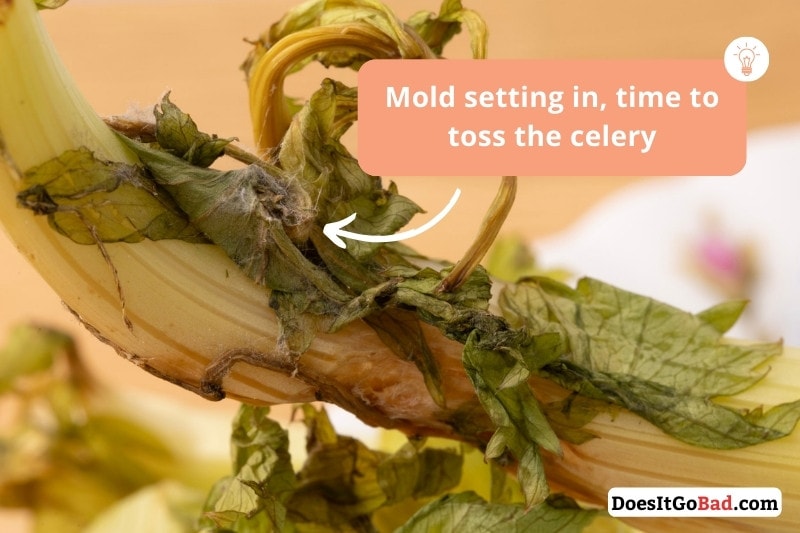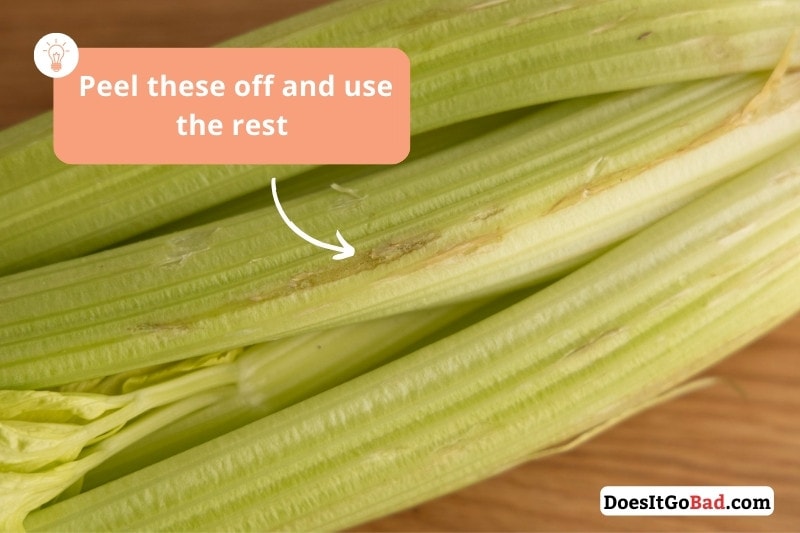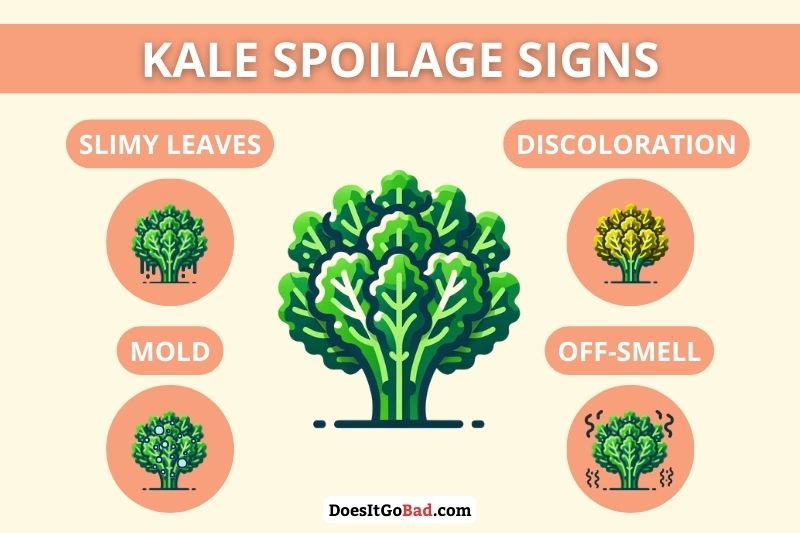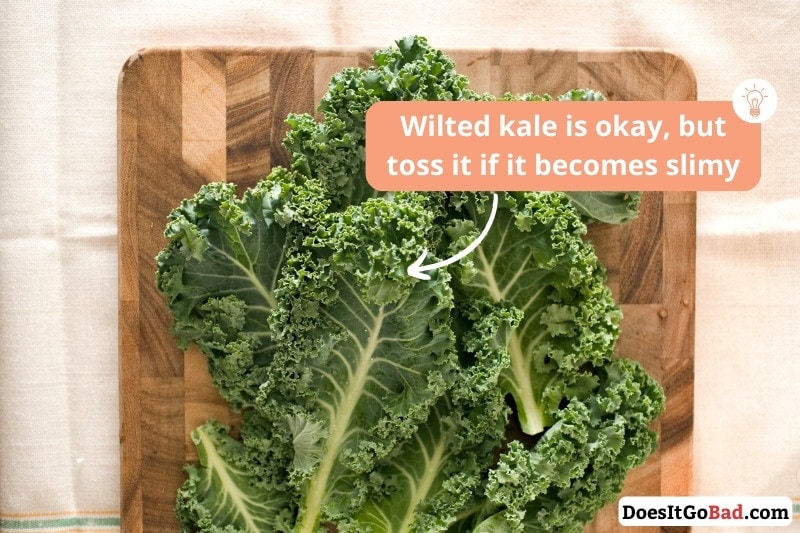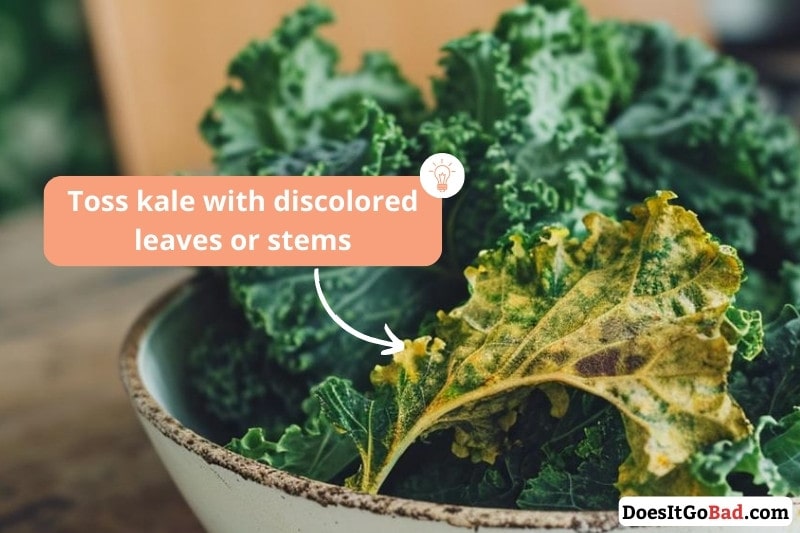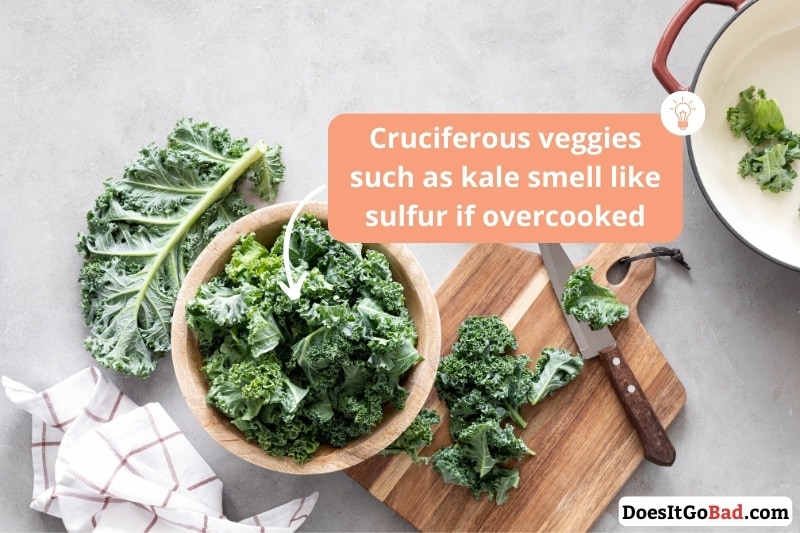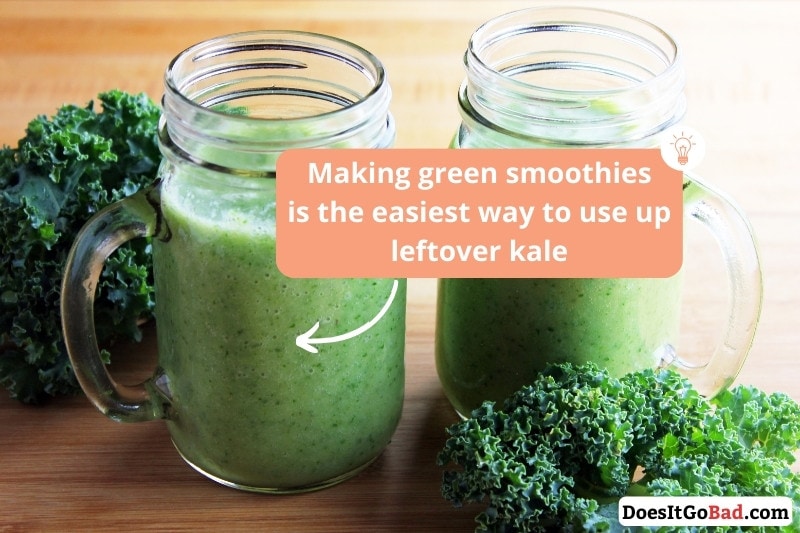Found a couple of carrots that look iffy, and not sure if they’re still okay to use? How do you tell if carrots are bad?
Here’s a list of all spoilage signs of carrots and when to toss these root vegetables.
Short Answer

You should discard a carrot if it has large black spots (black rot), is visibly moldy, smells off, or is super soft or even slimy. If the carrot is shredded or cooked, look for mold and toss any leftovers refrigerated for more than 4 to 5 days.
That’s the short version. Now, let’s talk about the spoilage signs one by one.
White Mold and Black Rot

If a large part of your carrot is moldy or rotten, it’s obvious that you should toss it. But what if there’s only a small area that’s black or covered in fuzzy mold?
If that’s the case, you can cut off the affected area and at least one inch around the moldy spot, according to the Cleveland Clinic. The idea here is to “try and get as much of the spores and contaminants as you can,” says Dr. Craggs-Dino, cited in the linked article. The USDA also confirms that cutting off a firm vegetable’s moldy area is okay.
When cutting, keep the knife out of the mold so that you don’t contaminate the other parts of the produce.
The reasoning here is simple: mold doesn’t spread nearly as quickly in low-moisture food products as in high-moisture ones. That’s why we toss moldy heavy cream or yogurt with green spots on the surface.
Soft Texture

Like most fruits and veggies, carrots stored for a prolonged period lose water content. That makes them soften, wrinkle, and even shrivel.
Of course, a carrot that’s slightly on the softer side is still okay to use. But if things get out of control, like in the photo above, it’s probably best to toss them.
Sometimes, the softening of the carrot is paired with it becoming slimy or gooey. If that’s the case, definitely discard the root veggie.
Soft carrots are difficult to grate or shred, so they don’t work well in salads. Use soft carrots for cooked dishes, like roasted or steamed veggies, casseroles, or soups.
To ensure your carrots stay nice and crisp for as long as possible, follow proper storage practices for carrots.
Off Smell
A carrot smelling funky isn’t something you find often, but if yours gives off a bad smell, it’s most likely gone bad, and you should toss it.
Cooked Carrots Spoilage Signs
The most common spoilage sign for cooked carrots is mold, which typically starts to show up after 5 to 7 days of refrigeration. That’s why you should use or freeze your cooked carrots and any cooked dishes within 3 to 4 days.
If your cooked carrots have been refrigerated for more than 5 days, I suggest you toss them no matter if they still look okay or not. The first signs of mold are almost impossible to notice, so it’s better to be safe than sorry.
Baby Carrots White Film
If your baby carrots are covered with a white film, they’re still safe to eat. That film or blush is simply a thin layer of dehydrated carrot, and it forms after prolonged air exposure, which quickly dries out the skin.
The same doesn’t happen as easily to regular-sized carrots because they’re mature, and their skin is much better at protecting them against dehydration.
The post How to Tell If Carrots Are Bad? [4 Signs of Spoilage] appeared first on Does It Go Bad?.



